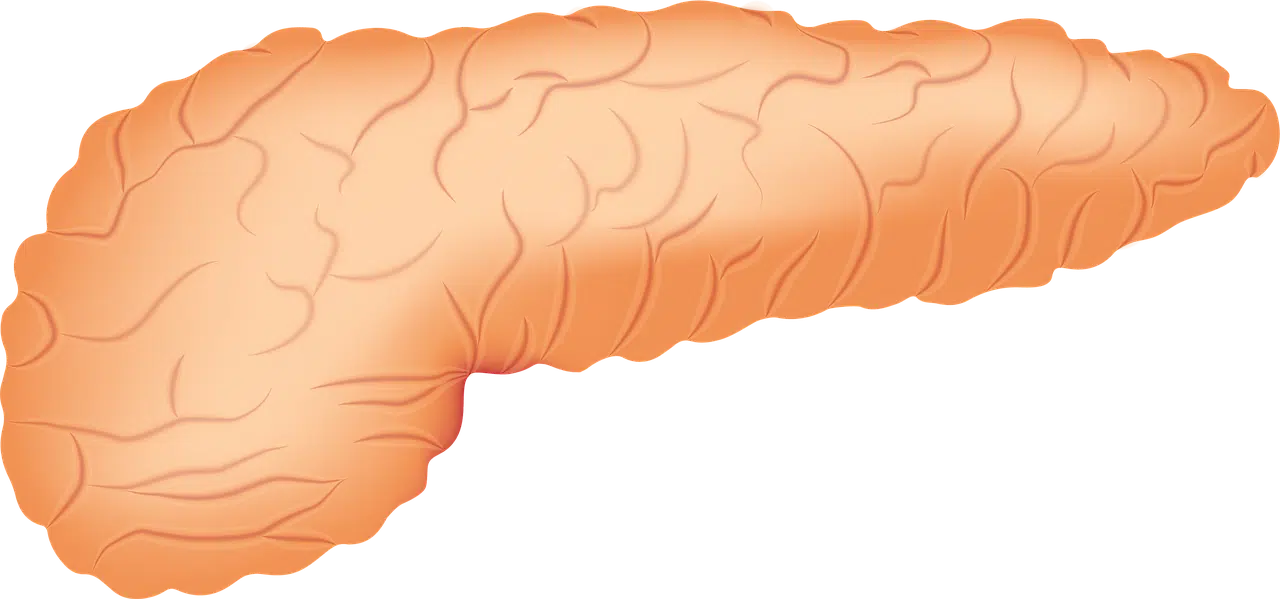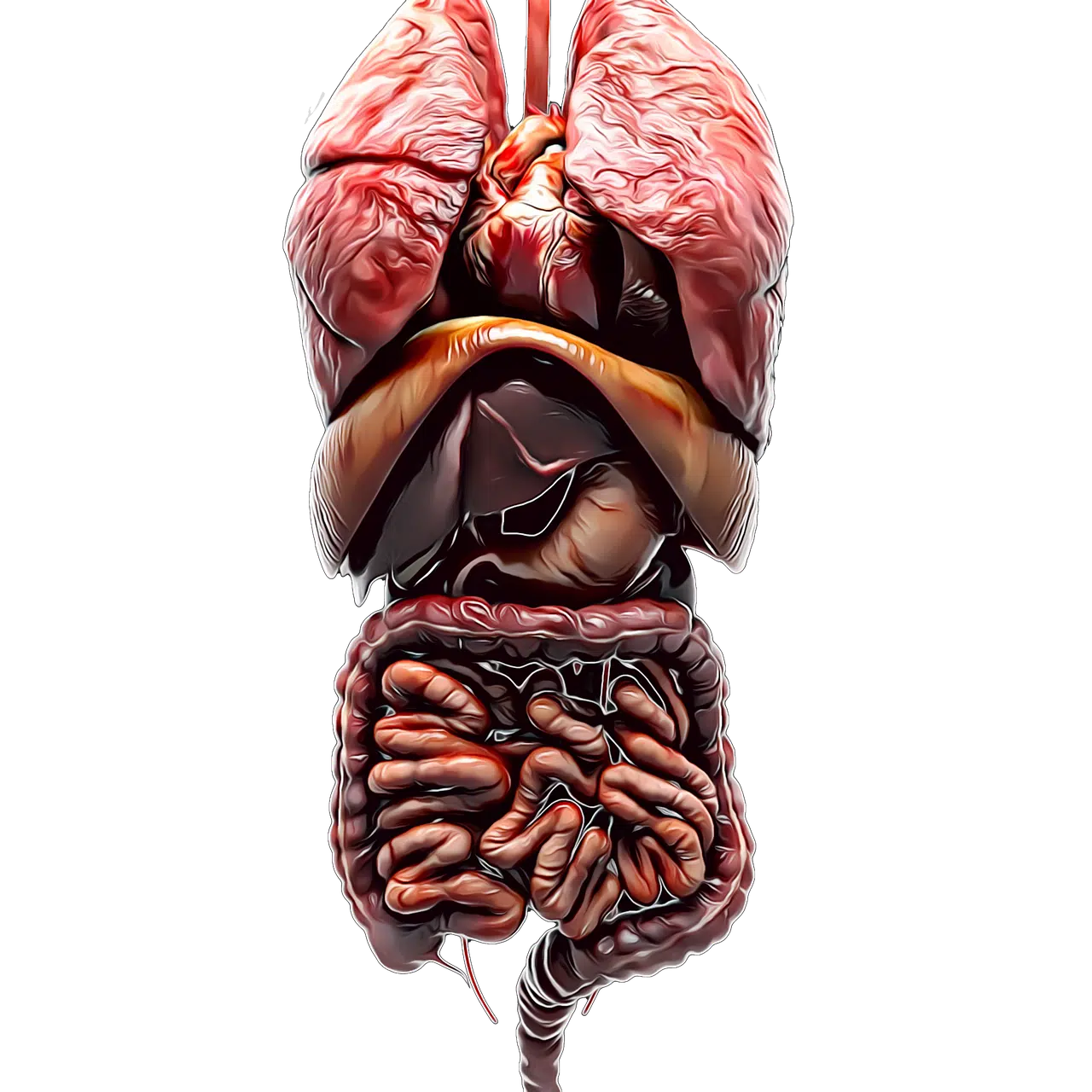
The pancreas is a gland that is located next to the small intestine.
Pancreas is a lobed or compact gland of vertebrates that is located next to the small intestine . Its excretory ducts empty into the duodenum .
The pancreas fulfills an endocrine function, which is the production of several hormones such as insulin , which prevents a certain limit in the amount of glucose in the blood from being exceeded, and an exocrine function, which is the production of pancreatic juice with enzymes. that pours into the intestine and helps digestion .
Features of the pancreas
Typically, the pancreas weighs about 70 grams and is between 15 and 20 centimeters long . Its shape is conical and its thickness can reach 2.5 centimeters.
It is possible to divide the pancreas into several parts, such as the head, neck, body, tail, pancreatic or Wirsung duct , and accessory pancreatic or Santorini duct.
Ailments and disorders
Pancreatic pain is usually caused by stones in the common bile duct , which is the duct that connects the liver and gallbladder to the duodenum. This point, called Chauffard and Rivet , is located one centimeter above and to the right of the navel. However, the pain can affect an approximate radius of between 2 and 5 centimeters around the point.
When the pancreas becomes inflamed, there is talk of a disorder called pancreatitis , which occurs if the enzymes responsible for digesting food are activated in the pancreas itself, since they should do so within the small intestine.
There are two types of pancreatitis:
- Acute : It is usually caused mainly by stones that form in the gallbladder and alcoholism , but it is also common for it to occur due to constant and excessive consumption of fats. Its symptoms include severe pain in the abdomen and it is possible that it reaches the back along the sides. 80% of patients with acute pancreatitis, which appears suddenly, recover completely in a few days, while for the rest the consequences of its progression can lead to death , including complications such as respiratory or kidney failure, a level too low blood pressure, accumulations of fluid inside the abdomen known as pseudocysts, or even partial death of the gland itself, with consequent infection. Regarding treatments for this variety of pancreatitis, analgesic medications, suppressing all intake for a period of time, and injections, among other measures, are usually indicated;
- Chronic : it is characterized by fibrosis of the pancreas (the unusual formation of fibrous tissue) and also by possible excessive accumulations of calcium , which can be seen through x-rays. You suffer from recurring and very strong pain, or constant discomfort, and it can lead to diabetes since less insulin is produced than normal, and a higher fat elimination than usual due to the inability to digest them. .

The pancreas fulfills an endocrine function.
Severity of pancreas diseases
Pancreatitis is a very serious disease and it is important to know its causes and symptoms to seek help from a specialist as soon as they occur.
Some of the signs that this disorder gives are pain in the upper part of the abdomen that, as mentioned above, can vary both in intensity and consistency and that can surround the trunk and reach the back, vomiting (especially after meals), increased heart and breathing rates, and high body temperatures. Likewise, the skin and eyes may turn yellow, and the blood pressure may change (it may rise due to pain, or it may decrease due to internal bleeding or fluid loss). Given so many possibilities and variations, the tests performed are different in each case.
